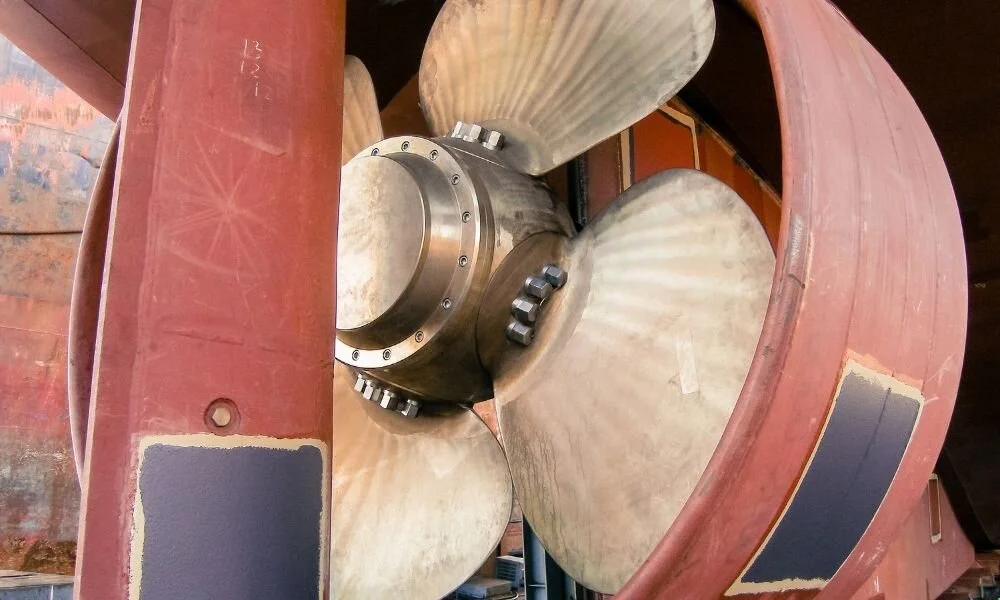Fixed Pitch Propellers vs. Controllable Pitch Propellers
There’s a saying in the fixed pitch propeller world that goes something like this, “You can only serve one master.” This is a reference to the limitation that fixed pitch propellers have regarding speed and low-end thrust. Take, for example, a shrimp boat; they make their money pulling nets, but it sure would be nice if that same boat could get up and go from the fishing grounds back to the dock. Sadly, it just doesn’t work that way. If you want to maximize your net-pulling thrust, you’ll have to sacrifice top-end speed. The same goes for any other kind of boat, especially in the commercial world where thrust is a very important factor, as is the case with towboat propellers. However, there is another option. Let’s compare fixed pitch propellers versus controllable pitch propellers.
Consider Your Needs
For many commercial boat operators, the need for low-end thrust, or bollard pull, is crucial. However, we all know that time is money. So, the faster a fish-laden boat can make it to the docks and back out to the fishing grounds, the better. The controllable pitch system has blades that rotate axially about the blade’s centerline, perpendicular to the propeller hub. This lets the operator of the boat pull pitch out to generate greater thrust at lower speeds. Conversely, the boat can run faster with the addition of pitch, but this comes at a cost. Controllable pitch systems are exponentially more expensive than their simpler fixed pitch counterparts.
Pitch Propeller Arrangements
In a fixed pitch propeller arrangement, the propulsion components consist of the engine, backed by the transmission, the tail shaft, and the propeller. This setup is a time-tested, easy-to-maintain solution. Controllable pitch systems, in contrast, are much more complicated. These boats also typically have an engine, transmission, shaft, and propeller configuration, but in the controllable pitch system, there are additional components that control the movement of the blades. This usually consists of a mechanical system that relies on pushrods and linkages that run through the tail shaft and the propeller hub, while others rely on hydraulic systems to move the controllable blades.
Propeller Castings and Components
When it comes to the propeller itself, controllable pitch propellers are still much more complicated due to the very precise machining of the hub and propeller blade interfaces. Most fixed pitch propellers are a monobloc casting, meaning the entire propeller is cast in one pour, then finished to its final dimensions. Controllable pitch propellers, in comparison, are made up of a separate casting for each blade and the hub. The hub has internal components that are also of a very tight tolerance to provide a long service life. All this machining and special equipment is more expensive in comparison to the simple nature of a fixed pitch propeller.
Now that you know the differences between fixed pitch propellers versus controllable pitch propellers, you can make an informed decision regarding which one is worth your investment.

